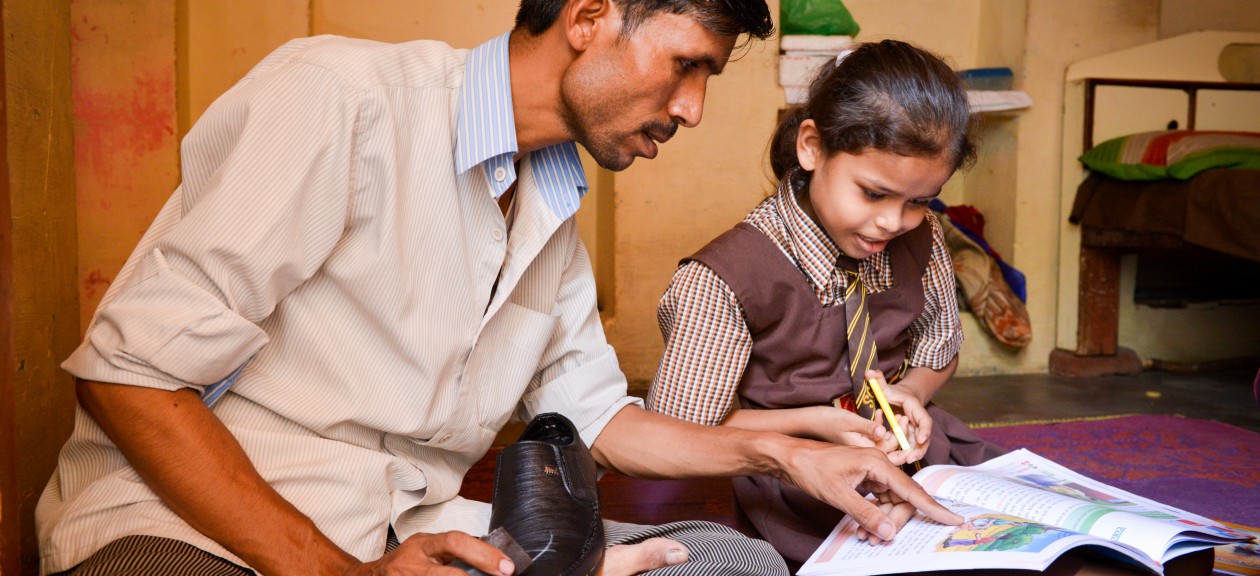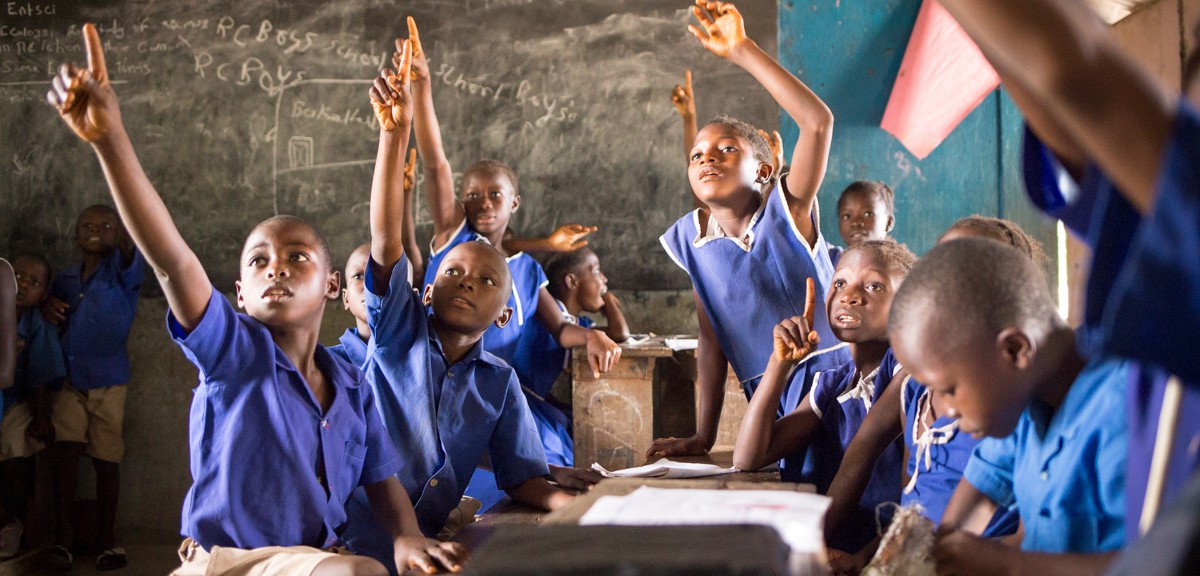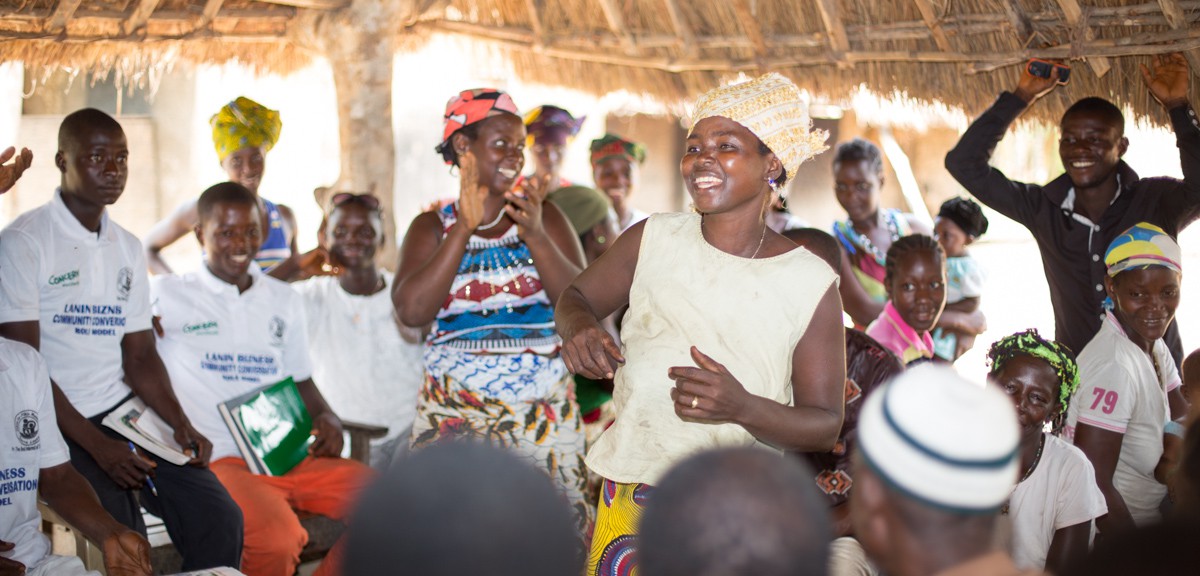Many countries have a high level of acceptance of violence against women and girls. Those experiencing it have little or no support or services available to them. In June 2009 we held an event called Gender Based Violence Learning Day: Effective Responses to GBV. This Learning Brief covers the increasingly important issue of GBV in schools, which was covered at the event. GBV in schools infringes on the rights of children as well seriously impacting on the development of equal goals for all children.
Why is GBV an issue for schools?
- The experience or threat of GBV impacts on performance and attendance.
- Schools are critical centres of learning, and important in how we learn about society and behavioural norms.
- GBV in schools indicates a deeper gender inequality within society. Although it cannot be addressed solely by schools, education can play a key role.
How does gender impact on schools?
- The ‘gender regime’: Schools have both formal and informal ways of interaction. A gender regime is evident in such routines. It controls who gets to speak, where boys and girls play, how physical space is shared, etc. Peer pressure ranging from teasing to violence, can become part of the school environment. Informal allocation of roles between parents can also create an implicit gender division.
- What teachers teach: Teachers and pupils interact in gendered ways in relation to school discipline and authority as well as in the classroom itself. Transactional sex for ‘good exam results’ can also be a problem, as can that of impunity for teachers guilty of GBV. These issues must be tackled within educational institutions as well as teacher training colleges.
What can be done at community level?
- A community’s negative attitude to gender equality is often replicated in schools.
- People can find it difficult to challenge teachers. Communities must be encouraged to use their collective power to question education.
- There is a growing international emphasis on promoting community involvement in how schools are run.
What can be done at school level?
- Where institutions exist, so does the risk of abuse. To begin combatting GBV in schools, the first objective must be to analyse the existing dynamics.
- It is essential to establish systems that safeguard children, such as codes of behaviour for teachers and safety training and awareness for pupils.
- Tackle the school community as a whole to strengthen equality by: finding the points where gender equality can be promoted; clarifying your audience; and deciding how best to focus on that group.
No single group or person can make this change happen. It’s important to work with the education system at policy level, the community, school management and staff, and with the pupils themselves.
People can be resistant to change. But protection of children is vital and the desire to make this happen should underpin all activity.
Long-term change requires long-term commitment. But with everyone’s support, GBV can be tackled.
Download full learning brief


